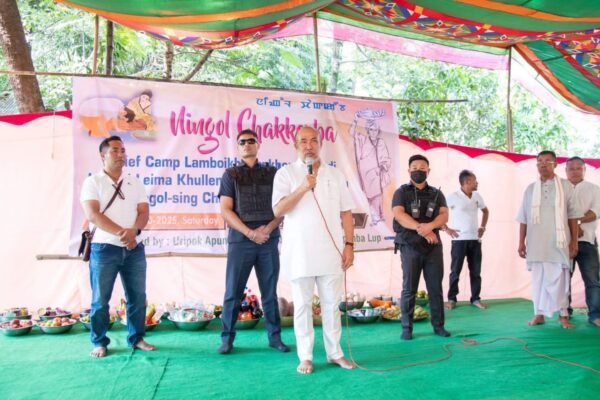Unakoti, popularly dubbed as the ‘Angkor Wat of the North-East’ aims to attain the United Nations Educational, Scientific and Cultural Organization (UNESCO)’s world heritage tag with both the government and Archaeological Survey of India (ASI) striving to preserve the series of Shaivite rock sculptures.
Nestled in the Raghunandan hills, Unakoti is home to giant bas-relief sculptures from the 8-9th centuries.
According to a renowned historical writer of the state – Panna Lal Roy, “The structures of the rock-cut sculptures are gigantic and have distinct mongoloid features and display almost the same mystical charm as the spellbinding figures in the Angkor Wat temple of Cambodia. So call it the Angkor Wat of North-East.”
Unakoti, which translates to “one less than a crore (koti in Bengali)”, is a rock-cut art form that has been neglected for generations. Due to the vagaries of weather, numerous art facets are now in a deteriorated state.
After the Archaeological Survey of India (ASI) adopted it as a heritage site, the situation has “slightly improved, though a lot of work, including substantial excavation remains to be undertaken.”
The Centre has also approached the UNESCO to declare it as a World Heritage Site, informed a senior government official.
It has recently granted Rs. 12 crore to the state administration for developing the place into a major tourist destination. The Tripura government is developing areas near the site to encourage tourists to visit the unexplored location.
There are two types of images found at Unakoti – rock-carved figures and stone images. Among the rock-cut carvings, the central Shiva head and gigantic Ganesha figures are prominent ones.
The central Shiva head, known as Unakotiswara Kal Bhairava, is about 30 feet high, including an embroidered head-dress which itself is 10 feet high. In addition, three enormous images of Nandi Bull are found half-buried in the ground. There are various other stone and rock-cut images at Unakoti.
As per the Hindu mythology, “Lord Shiva once spent a night here on way to Kashi. Unakoti or one less than a crore gods and goddesses followed him. Lord Shiva had asked his followers to wake up before sunrise and make their way towards Kashi. Unfortunately, none woke up in the morning, except Lord Shiva himself.
“Before he set out for Kashi alone, he cursed the sleeping gods and goddesses to turn into stone and that is how the site got its name,” Roy said.
“There is one Shaivite pilgrimage at Bhuban Pahar in Cachar district of Assam, which is not very far from Unakoti. Chandranath hills of Chittagong also have Shaivite pilgrimage,” Roy added.
Meanwhile, thousands of people and tourists throng the site during Ashokastami Mela, held in the month of April.









